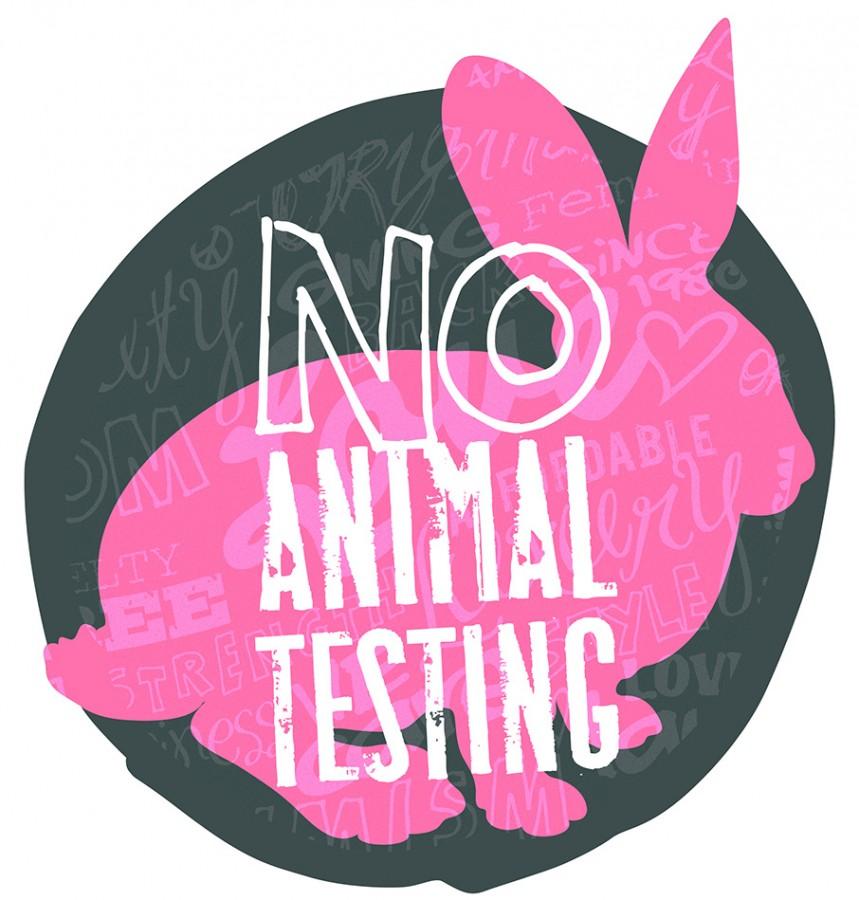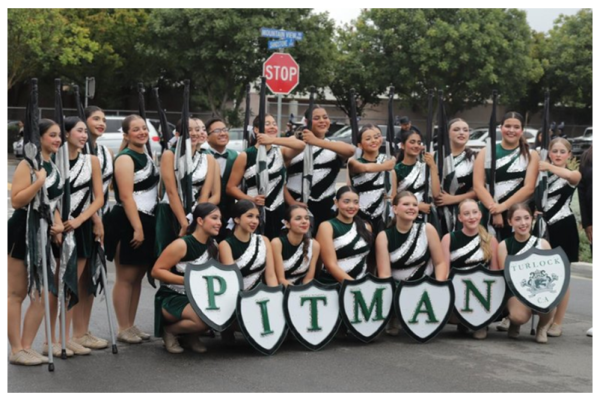Animal Testing 101: Types of Testing
March 23, 2016
During a Roaring Times topic brainstorm, the subject of Dr. David Young’s Turlock-based animal testing facility came up. As an admittedly opinionated animal lover and vegetarian, I was livid at the idea of something so evil happening in my hometown.
After some research, I found that Turlock has been home to Young Veterinary Research Services since about spring of 2014 and has only recently been approved for construction of an improved facility as of March 4, 2016. According to a Turlock Journal interview with Dr. Young, the laboratory is “working with the animal health industry to develop new veterinary drugs.”
The original 2014 construction of Dr. Young’s lab was met with opposition from a Turlock animal rights group, who called it a “torture lab” and even held an informational meeting in an attempt to gain more support. Despite their efforts, the establishment’s completion went undeterred.
As mentioned earlier, Dr. Young does claim to test for the benefit of the animals themselves, which is what causes a sort of controversy within the animal rights community. Often, there are two distinct opinions on the issue; one side believes no animals should ever be subject to testing whether it be for the benefit of humans or of the animals themselves, while the other believes we as the “advanced” species should do what we can to advance medicine for the animals and otherwise.
This of course, brings us to the topic of animal testing outside of Turlock. The incredible controversy surrounding the issue is deep-rooted and can be easy to get lost in, but I’ll break it down into what I hope are 4 simple categories:
Animal Testing for “Medical Advances”
This form of testing is used by scientists, usually claiming to do biological research. When looking on the surface of the pro-animal testing community, it seems only logical that we sacrifice the lives of a lesser being for the advancement of our own superior being.
The problem here is that people often believe that scientists only test products that they hope will directly and immediately benefit all of humankind (i.e. cancer treatments). Though it is true that animals are used in disease research, this is not always the case.
Much of the medical testing is only done out of curiosity, in hopes that the death of another animal will somehow bring about an answer to some scientific question about humanity. As I’m sure you can guess, the testing hardly answers any real questions or gives any solid data.
Animal Testing for Cosmetic Research
This is probably the most heard-of and hated form of animal testing because it is so obviously unnecessary.
Quite in the same fashion as medical testing, scientists will claim that the testing is beneficial to humans by giving them real insight as to how we might react to certain chemicals that are used in things like makeup, hair products, and general personal hygiene products. As mentioned above, this type of testing does not give any actual, applicable data.
Most – if not all – of the animals used in research are not biologically or anatomically similar enough to humans to give scientists precise results. In fact, there are much better ways of researching the effect of medicines, cosmetics, and chemicals – ones that don’t involve any deaths (but we’ll get to that soon).
Animal Testing for Veterinary Research
This is the type of research that Dr. David Young is doing, which is aimed at benefiting animals. Veterinary research is a less talked-about form of animal testing because of the huge split within the anti-testing faction.
Some people believe that we won’t be able to properly care for our domesticated animals without testing medical procedures and treatments on actual animals. Scientists like Dr. Young won’t always kill the animals if it is not required by the experiment. An example would be euthanizing a dog whose organs need to be checked for worms after undergoing an experiment for the condition.
In spite of his good intentions, facilities like Dr. Young’s are often torn apart by others who believe that testing on and killing animals for veterinary research is as malicious a thing as scientists testing on and killing humans for medical research – which isn’t all that dubious of an argument when considering the following:
Alternatives to Animal Testing
One misconception about anti-testing supporters is that we believe testing for human products should be reserved for humans. One propagandistic image that circled the internet pictures a white mouse on one half and a smiling, blonde little girl. The text between them read, “Who would you rather see live?”
In reality, the anti-testing community is not misinformed or unrealistic, nor do we want to see a white mouse live more than we want the little blonde kid to live. In reality, we are aware of the fact that there are much better, more exact forms of testing the safety of products on humans.
One proven example of this employs a system from Harvard’s Wyss Institute where scientists grow cells that closely mimic the structure, function, and response of human organs. These cells are much more useful to scientists because they explicitly show how humans would react to medicines, treatments, and products without the inferring (and deaths) that comes with animals testing.
Another more humane form of testing uses a recent scientific breakthrough – MatTek’s EpiDermTM Tissue Model, which is described as “a proven in vitro model system for chemical, pharmaceutical and skin care product testing.”
Simply put, it’s a spray-on skin designed to help burn victims recover quickly and safely.
Although this is an amazing use, it is also able to be used in the testing of skin irritation and erosion. Before this discovery, guinea pigs, mice, and rabbits were subject to having chemicals applied directly to their skin to observe the reaction – sometimes only having mild allergic reactions, while other times their skin would be painfully burnt. Still, animal testing for these reasons has yet to be completely set aside.
With all of these advances in scientific technology, who is to say similar technologies and procedures can’t be created to stop the testing of animal products on animals themselves?
Humans have created these amazing new forms of testing in an effort to save ourselves from any pain and loss. We consider ourselves civilized, empathetic entrepreneurs.
So why do we feel the need to put mice, guinea pigs, dogs, and any other living being through so much unnecessary pain for our own selfish benefit? If we’re so civil, why cause another life any suffering?
-K.G.
Sources & Informative Websites:
http://aavs.org/animals-science/how-animals-are-used/testing/
https://www.crueltyfreeinternational.org/why-we-do-it/types-animal-testing
http://www.peta.org/issues/animals-used-for-experimentation/alternatives-animal-testing/
Note that I do not personally support PETA, nor do I want to endorse them or their actions, but their website is a great source of information.
https://www.mattek.com/product-category/tissue-models/epiderm/
http://channel.nationalgeographic.com/explorer/videos/the-skin-gun/










